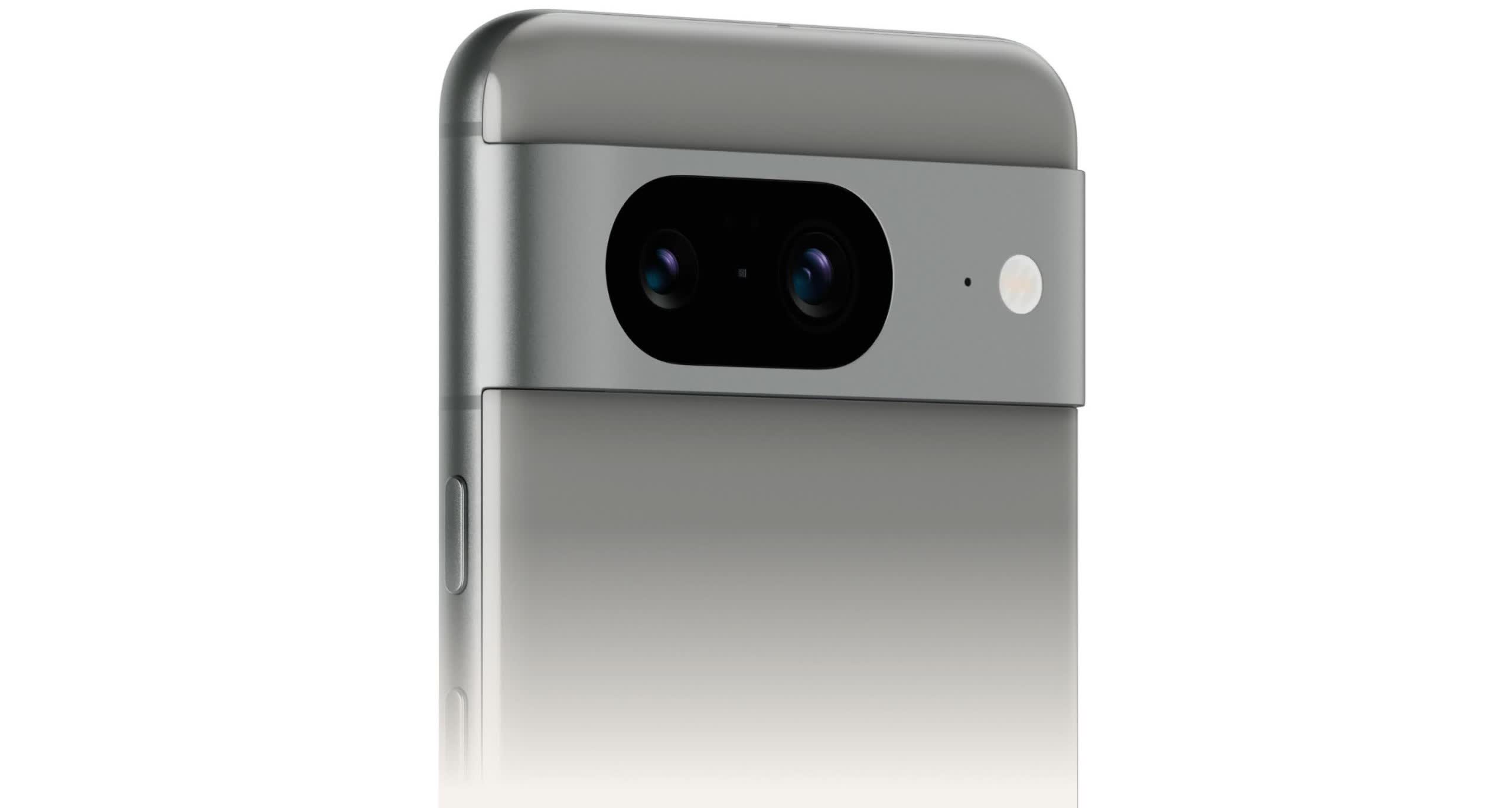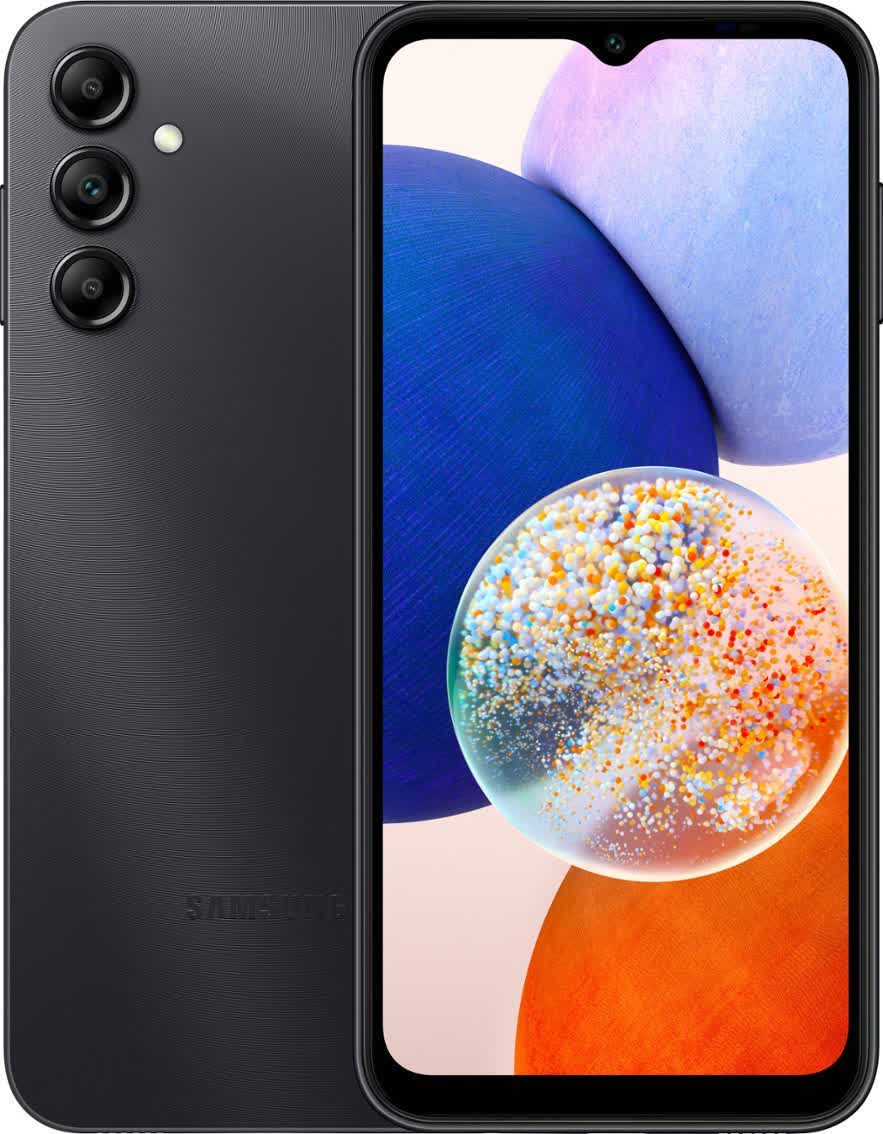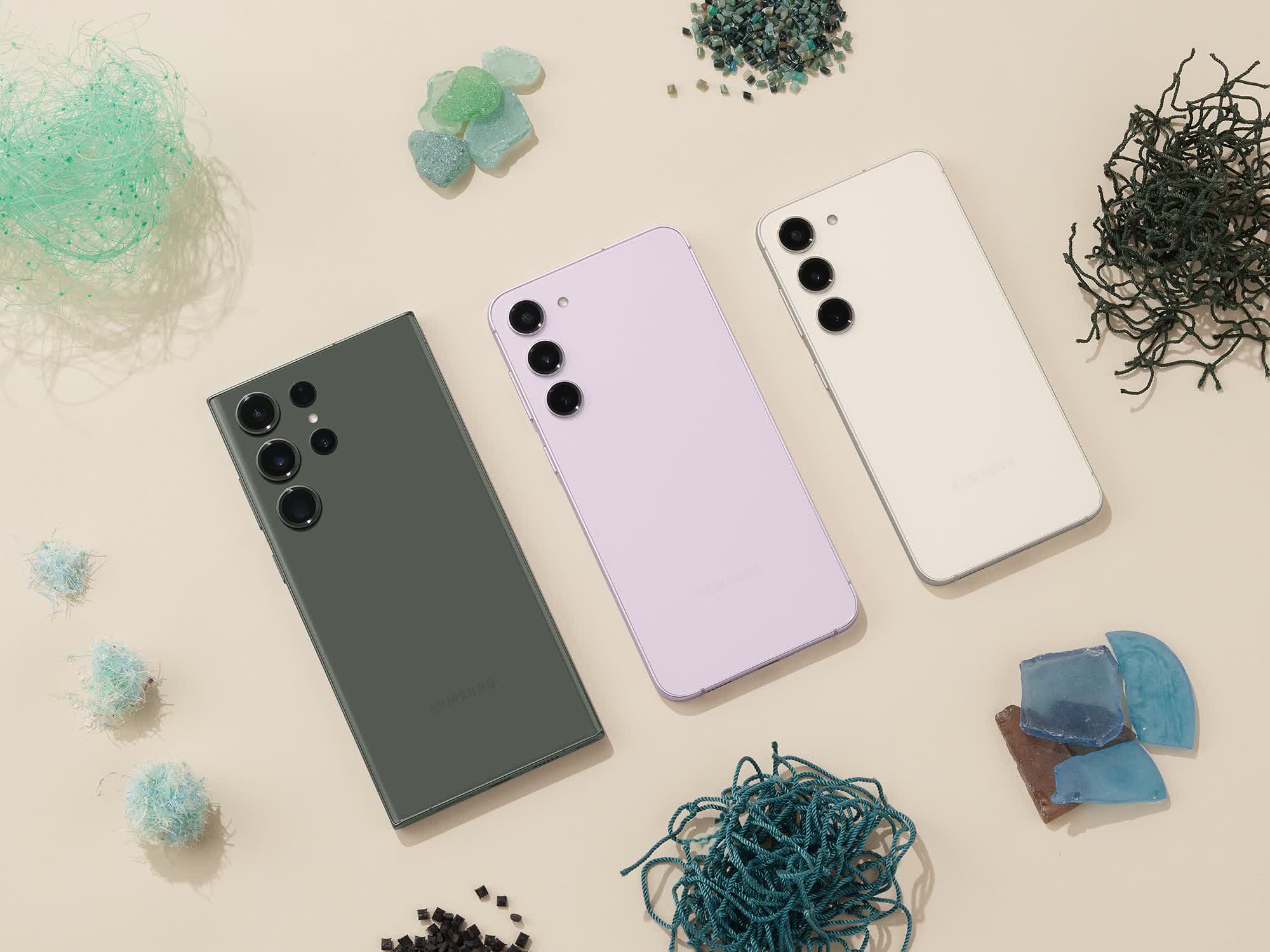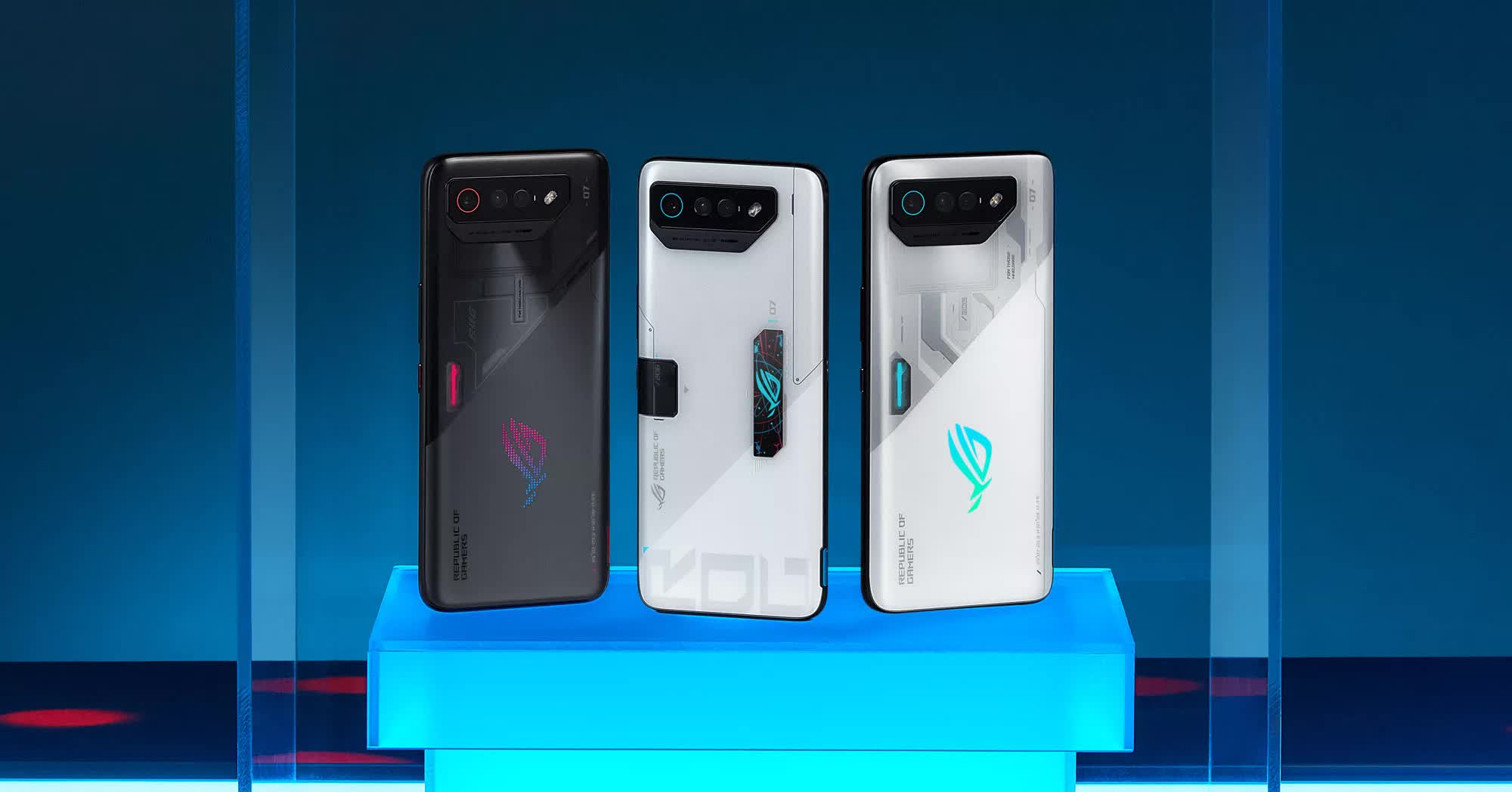When choosing a new phone, the main considerations for most people are price and the choice between Android and iOS. Both operating systems have evolved over the years. iPhones have the advantage of an OS and apps specifically tailored for them. In contrast, Android offers greater flexibility, not being confined to a single manufacturer's features or price range.
To help you navigate the multitude of phone options and making an informed decision, we have collected and organized our top picks into key categories based on features, value, and price, as detailed below.
- Best Value iPhone
- Best for Most
- Best Mid-Range Phones
- Best Budget Phone
- Best of the Best
- Best Gaming Phone
- Best Feature Phones
Best Value iPhone
Apple iPhone 13

Thanks to a second price cut, the iPhone 13 is the most affordable iPhone we can recommend: it's very similar to the iPhone 14 but it saves you $100 for the same storage capacity, starting at 128GB. It is equipped with the same A15 SoC, though it has 4GB of RAM compared to the 6GB in the iPhone 14. Additionally, it boasts an identical 6.1" OLED screen with the same notch and a 60Hz refresh rate. Unlike the iPhone 14 series, the iPhone 13 still supports physical SIM cards.
The camera system is also notably similar, featuring a 12MP front camera and two 12MP rear cameras, one of which is an ultrawide lens with 0.5x optical zoom. The primary distinctions in the iPhone 14 series include the Photonic Engine, enhancing low-light photography, and the Action mode, which is useful if you shoot videos while moving. Besides these, the major new additions are two emergency features: crash detection and SOS via satellite (depending on the country).
A more controversial similarity between the iPhone 13 and 14 is that both still require a Lightning cable for faster, wired charging, unlike the newer iPhone 15. Moreover, Apple's omission of a charger in the box is challenging to endorse as an eco-friendly move.
While Apple's strategy prompted competitors to also forgo chargers in their packages, it has sparked a praiseworthy trend: long-term software support. This ensures that when upgrading, you can pass down your iPhone to another family member or sell it in the second-hand market at a respectable price.
Because this is a value-first category, it's worth noting that Apple also sells refurbished units of the iPhone 13 for $529 direct, which includes a 1-year warranty and a new battery. Amazon also offers refurbished units for even less at $499, but these are more of a gamble in terms of the actual state of the phone inside and out.
Best Phone for Most
Apple iPhone 15 | Samsung Galaxy S23 | Google Pixel 8

The iPhone 15 looks like a combination of last year's iPhone 14 and 14 Pro: the notch has been reduced in size and is now concealed within the "dynamic island," which is useful to display key information from an app that is running in the background.
The main camera can take 48MP photos, but shoots at 24MP by default in favor of higher dynamic range and shutter speed. Under the hood is the same A16 chip as in the iPhone 14 Pro. One advantage the iPhone 15 has over the 14 Pro is the USB-C connector, although it still only supports USB 2.0 speeds. If you prefer a larger screen and battery over those features we just mentioned, you can get the 6.7" iPhone 14 Plus for the same price.
Samsung Galaxy S23
The Samsung Galaxy S23 bears a striking resemblance to its predecessor. However, with a newer SoC and an additional year of guaranteed software support, the $700 price tag is justified. The S22 is available for a tad less, but that mostly makes it look better than the $600 S23 FE, which uses the same internals and cheaper materials.
Powered by the Snapdragon 8 Gen 2 SoC – currently the pinnacle in the Android sphere – the S23 has upgraded its front camera to 12MP from the S22's 10MP. The promise of 4 years of OS updates and 5 years of security patches addresses the long-standing gripe many Android users have about being excluded from the latest features.
With 8GB of RAM and a 120Hz refresh rate, Samsung's One UI Android interface glides effortlessly on the 6.1" AMOLED display. For those who favor larger screens, the Galaxy S23+ offers a 6.6" display (with the same 1080p resolution), a bigger battery to compensate, and 45W wired charging compared to the base model's 25W.
The Galaxy S23+ starts at $1,000 but as of writing it's been cut down to a more attractive $799, providing 256GB of base storage, so if you were planning to get that amount anyway, it's currently matching the S23's price.
All 256GB Samsung models utilize the swifter UFS 4.0 standard over 3.1, theoretically doubling the speed for file operations. Additionally, they introduce ultra-wide band (UWB) support, ideal for pinpointing Bluetooth-linked items such as Galaxy SmartTags.
In terms of camera specifications, both the S23 and S23+ closely resemble the S22. The 50MP primary camera can showcase its prowess when you zoom into minute details, but by default saves 12MP photos. This primary lens collaborates with a 12MP ultrawide and a 10MP telephoto sensor boasting a 3x optical zoom.
Built on Android 13, One UI 5.1 introduces features like convenient widget stacking, image text recognition, and enhanced cohesion with Google's Material You design. With Samsung Dex support, users can transition to a desktop environment. Coupled with its software support, the Galaxy S23 emerges as an attractive proposition for most Android aficionados.
Google Pixel 8

Officially discounted to $699, the Pixel 8 becomes Google's best offering for most, especially now that the Pixel 7 Pro is back to $900. With the new generation, Google guarantees 7 years of OS upgrades and security patches. As the brain behind Android, Google's updates are as prompt as Apple's iOS patches.
The 6.2" display has the same 1080p resolution as the Pixel 7, but the same 120Hz refresh rate of the $1,000 Pixel 8 Pro. Camera-wise, the phone features a 50MP main lens, and a 12MP ultrawide sensor. Unlike the Pixel 8 Pro, the Pixel 8 only has the option to save photos at 12MP. The front hosts a 10.5MP camera – ample for most needs, but its fixed focus makes the Pixel less optimal for selfie stick usage.
What makes the Pixel 8 line stand out is the AI tools offered by the Tensor G3 SoC, regardless of how ethical they are. Audio Magic Eraser is useful for removing background noise from videos. Magic Editor allows to move, resize and remove people and objects in photos. Best Take shoots a burst of photos, allowing you to combine faces from different times into the same photo – a feature that was actually introduced by BlackBerry a decade ago. The era of photos being more reliable than drawings is seemingly over.
More Alternatives
On paper, the OnePlus 11 combines the best of all worlds with a 6.7", 1440p display, a telephoto lens (albeit with a 2x optical zoom), the Snapdragon 8 Gen 2, and exceptional 100W wired charging (80W in the U.S.) that makes up for the lack of a wireless option. However, the software holds the cameras back, and at $700 it's still too expensive for a device that may not survive a drop into water, so you should only consider it at a significant discount.
Foldable phones, like the new Samsung Galaxy Z Flip 5, might seem tempting. However, their design restricts battery and camera configurations. With a noticeable crease when unfolded, the Flip 5's $1,000 price point is the same as the Galaxy S23+'s, and it's more scratch-prone and lacks dust resistance.
The Motorola Razr+ (a.k.a. 40 Ultra) offers a higher-quality external display that can fully replace the main one more often, a more subtle crease, and much better dust resistance but much worse water resistance. It costs the same at $1,000, but comes with a last-gen SoC. Unless you really need the unique form factor, you should probably look elsewhere.
Best Mid-Range Phones
Google Pixel 6a | Apple iPhone SE

Several phones will let you enjoy top software features and support without paying flagship money. Currently, we believe the Google Pixel 6a from the last generation offers the best value for its price. The device uses the same Google Tensor SoC found in the rest of the Pixel 6 series and comes with 6GB of RAM. The always-on 6.1" OLED display has a 1080p resolution and a 60Hz refresh rate, which might be a silver lining considering battery longevity isn't its strongest suit.
Although it doesn't provide optical zoom, the cameras perform admirably. With a 12.2MP primary sensor and a 12MP ultrawide lens, the results are surprisingly good thanks to Google's software enhancements. The front camera boasts an 8MP sensor, and considering the phone's price range, the absence of autofocus is forgivable.

If you are willing to spend a bit more (normally $500), the current-gen Pixel 7a features a newer Tensor G2 SoC with 8GB of RAM and a 90Hz refresh rate. The biggest difference is in the cameras, with the main rear unit upgraded to 64MP. The rear ultrawide and front cameras are both 13MP. Notably, these specifications exceed those of the standard Pixel 7. The 7a also introduces dust resistance and wireless charging capabilities.
If the Pixel 7 and 7a are available at the same discounted price, be aware that the regular 7 model offers enhanced resistance to water and scratches, faster charging (particularly wireless, with 20W vs. 7.5W), a higher maximum brightness, and more storage options.
Samsung Galaxy A54

If you prefer Samsung's software features, the company does have an alternative phone for you, even though it's usually more expensive than the Pixel 6a at $450. For the extra money, you'll get a 120Hz refresh rate on the 6.4" OLED screen (1080p), expandable 128GB of storage, dust resistance and a glass rear panel.
But note that the Exynos 1380 SoC won't match the Pixel's Tensor. The phone features three cameras on the back, including a 50MP main unit, a 12MP ultrawide and a 5MP macro camera for close-up shots, but the software processing simply can't get the most out of them. The same is true for the 32MP selfie camera. Yet, when selling for a similar price to the Pixel 6a, it's a good option.
Apple iPhone SE 2022
The iPhone SE 2022 stands out in notable and questionable ways. Priced at $429, this compact powerhouse boasts 5G connectivity (sub-6GHz) and can outperform pricier Android flagships. Yet, you'd be hard-pressed to find such an outdated display and prominent bezel design on any other phone priced over $400.
The SE 2022 runs on the same A15 Bionic chip as the iPhone 14, ensuring blazing iOS performance and industry-leading software support. Its single-lens 12MP rear camera, although less versatile than multi-lens systems, consistently delivers. The 7MP front-facing camera follows suit.
What's disappointing, is that you'll be experiencing this hardware, and all other features, on a sub-par 4.7-inch 750p 60Hz display. The inclusion of big bezels, top and bottom, doesn't help either. Perhaps the only thing going for it here is the return of the iconic Home button with Touch ID, which some Apple users still prefer (and miss) over Face ID.
Owing to its compact design, the iPhone SE 2022 doesn't excel in battery longevity. Despite the optimized SoC and software, the 2,018mAh battery is nearly half the capacity of what mid-tier Android competitors offer. Thus, nightly charging, especially with 5G active, becomes a routine. But if all you really care about is buying a cheap iPhone, the SE 2022 with all its compromises remains a good bet for now.
Best Budget Phone
Samsung Galaxy A14 5G | OnePlus Nord N20 5G

If you're in the market for an affordable device that can handle the tasks most users demand from their phones – albeit not always as proficiently – the Samsung Galaxy A14 5G is a compelling option. Its 6.6" 1080p LCD display doesn't offer the best contrast, though it does run at 90Hz. Additionally, the phone supports NFC for contactless payments.
The Galaxy A14 features a 13MP front-facing camera, and on the rear three cameras: a 50MP primary lens, along with 2MP macro and depth sensors. As expected, the MediaTek Dimensity 700 doesn't do a great job at utilizing those lenses. The phone only features 4GB of RAM and 64GB of storage, but that can be expanded with microSD.
Thanks to the modest hardware, the phone features good battery life, but it only supports 15W charging, and at this price point, not including a charger in the box is more than just annoying. Another benefit of the budget device is the headphone jack, but on the other hand, the mono speaker is as basic as you can imagine.
OnePlus Nord N20 5G
If you can spend a bit more for a more capable device, you should hurry and get the OnePlus Nord N20 5G ($240 at Best Buy) before it disappears to make way for the arguably worse Nord N30 5G. The older model uses a higher-end AMOLED screen (1080p) instead of an LCD. However, this 6.4" panel refreshes at a slower 60Hz.
Under the hood is Qualcomm's capable Snapdragon 695 5G SoC, paired with 6GB of RAM and 128GB of microSD-expandable storage. These surprising specs are complemented by a fast in-display optical fingerprint, a 3.5mm headphone jack, and a long-lasting battery that supports 33W fast charging.
OnePlus used a triple-camera system in this model, with a 64 MP primary shooter, and 2MP macro and "depth" cameras. The selfie camera is a 16MP one. Budget phones aren't usually expected to go beyond a decent camera experience, and the Nord N20 offers just that.
Out of the box, it ships with the older OxygenOS (based on Android 11), which is disappointing as OnePlus won't be updating this Nord beyond Android 12. However, security updates will keep on coming for the next two years, so your budget Android should be perfectly usable and safe.
More Alternatives
If you want Android 13, the Nord N30 is still a decent phone with 50W charging, but at $300 it's a bit too close in price to better devices listed above. However, the Motorola G Power 5G is available for $200 and other than charging offers very similar capabilities. It will get software updates for three years. We have also seen the 2022 Motorola Edge for $250, which would make it a clear winner thanks to its 144Hz OLED display.
Best of the Best
iPhone 15 Pro Max | Samsung Galaxy S23 Ultra

What can you expect from Apple's top-tier model, the iPhone 15 Pro Max? On paper, it may appear to offer similar features to those found in mainstream products from other companies. However, thanks to iOS and its finely-tuned apps, its performance is notably superior.
The iPhone 15 Pro Max retains a design reminiscent of the iPhone 15 Plus. Its always-on 6.7" display supports a 120Hz refresh rate. The primary camera is complemented by a telephoto lens that offers 3x optical zoom. The Pro line differentiates itself with the A17 Pro chip, and supporting USB 3.1 (or "3.2 gen 2") speeds via USB-C. For augmented reality enthusiasts, a Pro model is indispensable due to its integrated LiDAR.
The iPhone 15 Pro Max is the only model that's not available with 128GB of storage. Priced at $1,200 with 256GB, it might seem steep, especially when contrasted with the $700 iPhone 13 with the same 256GB. If you're inclined towards a more compact device, the regular iPhone 15 Pro will save you $100.
Samsung Galaxy S23 Ultra
Although it houses the same SoC, the Samsung Galaxy S23 Ultra distinguishes itself from the rest of the S23 lineup. The design features a rectangular profile, crowned with a subtly curved 6.8" display. It's visibly longer and thicker than the S23+, but the display still looks sharper at 1440 pixels wide.
Camera-wise, the primary lens has been supersized to a staggering 200MP. Additionally, another telephoto lens has been incorporated, offering 10x optical zoom. For those who dabble in digital art or frequent note-taking, the bundled S Pen will undoubtedly be the standout feature.
The Ultra normally starts at $1,200 with 256GB of storage (upgradable up to 1TB) and 8GB of RAM (upgradable to 12GB). That's $200 more than the S23+ with the same internal specs, but on a sale that difference may shrink – case in point, as of writing the Ultra is available for $999.
Best Gaming Phone
Asus ROG Phone 7 / Ultimate

Competitive gaming phones cater to a very niche market: running 3D games at high refresh rates on a device as compact as a phone inevitably leads to cooling and battery-life challenges. However, if you're set on having a gaming powerhouse that fits in your pocket, we have a good option for you.
The Asus ROG Phone 7 Ultimate is powered by the Snapdragon 8 Gen 2, bolstered by 16GB of RAM and 512GB of storage using UFS 4.0. This powers its 165Hz, 6.78" display (1080p). The device is equipped with dual speakers and three microphones to ensure crystal-clear communication with teammates. Its design even draws inspiration from a console controller, featuring two programmable, gesture-sensitive buttons on its side and haptic feedback from on-screen buttons.
The phone features two charging ports, so you can hold it comfortably either horizontally or vertically while charging, and a headphone jack, so you won't need to use a charging port instead. It's designed to work with the included AeroActive Cooler, which doubles as a subwoofer. The drawback of all of these openings is mediocre water and dust resistance.
Priced at a hefty $1,400 at launch, there's also a "non-Ultimate" ROG Phone 7 that sells for around $860, or $960 with RAM and storage like the Ultimate's. Even though it still may not offer the best value for non-gamers, it promises to be a comprehensive solution. The device's rear camera setup includes a 50MP primary lens, a 13MP ultrawide lens, and a 5MP macro camera. Its front camera boasts a 32MP sensor, though it downscales photos to 8MP. True to the spirit of many "gaming" devices, the Ultimate version has an intriguing albeit not always practical feature: a narrow rear display.
Best Feature Phones
Nokia 6300 4G | Nokia 2780 Flip

If you want to remain available on a camping trip lasting several days, or you want to buy a phone because you actually want a phone, then an old-school feature phone will get you the best value by far. If you can trust any of the companies that still make those, it must be Nokia.
The Nokia 6300 4G runs KaiOS which is capable of running WhatsApp (text only), YouTube, Facebook and Google Maps on its non-touch, QVGA display (320 x 240 pixels). You can also use the phone as a Wi-Fi hotspot, but its replaceable battery isn't built for extensive use of that feature.
The phone uses the low-end but modern Snapdragon 210 alongside 512MB of RAM, and 4GB of storage that can be expanded with a microSD card (up to 32GB). The 0.3MP camera is mostly useful for taking photos of your other camera.
The Nokia 6300 4G features a headphone jack, and the included headset also serves as an antenna for the phone's built-in FM radio. With Bluetooth 4.0, you'll also be able to use wireless sound devices. Also included is a Micro USB 2.0 charger. You could buy two units of this phone for less than the cheapest smartphone we recommend, but thanks to its dual-sim support, you may not need to.

For a bit more money, you can get the Nokia 2780 Flip. The clamshell form factor allows it to include bigger buttons for easier typing, and a 5MP camera with flash.
The phone also has an external display that shows the time and caller ID. With a USB-C charging port, you may not need to carry another charger for it. Another feature that might be interesting for the phone's audience is its hearing-aid compatibility (M4/T4).









